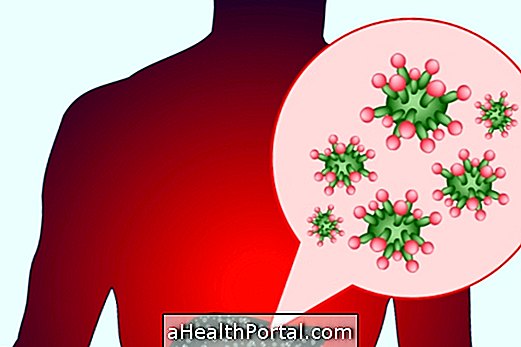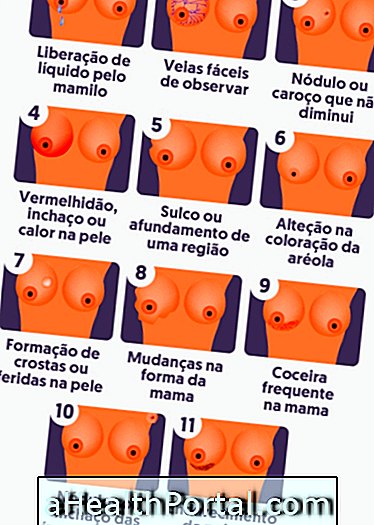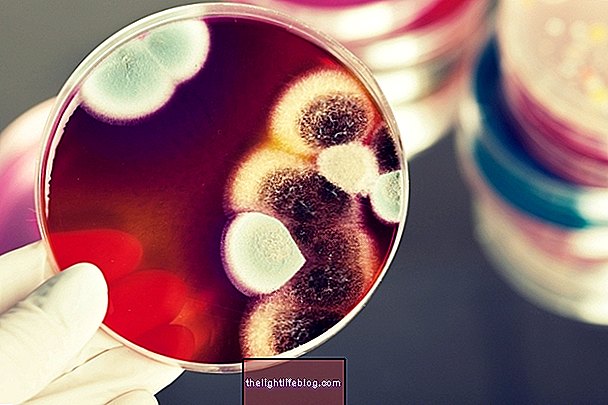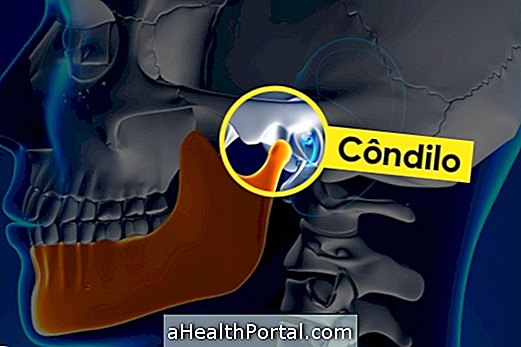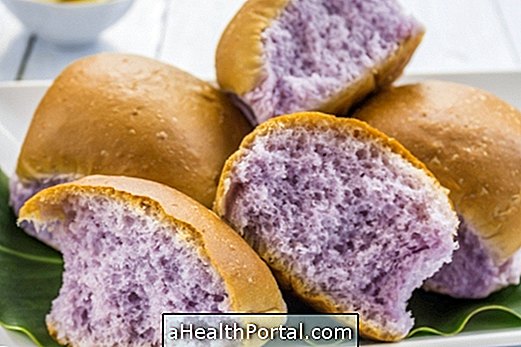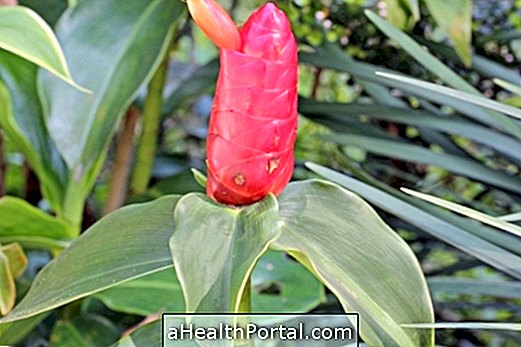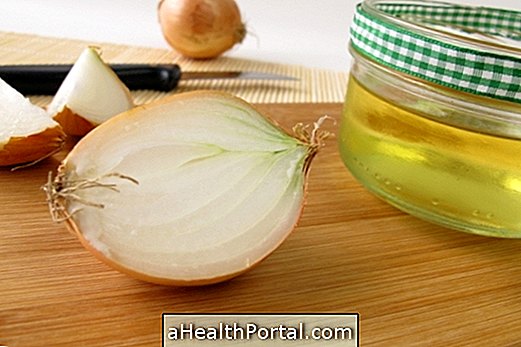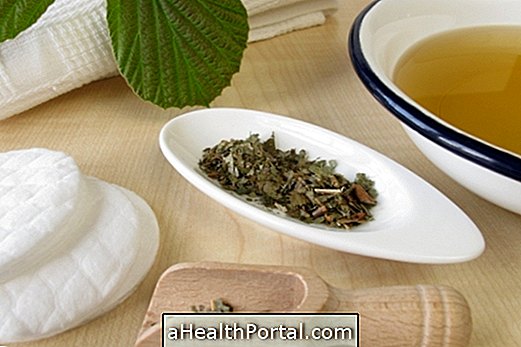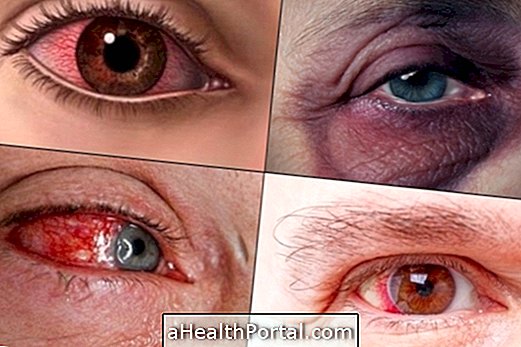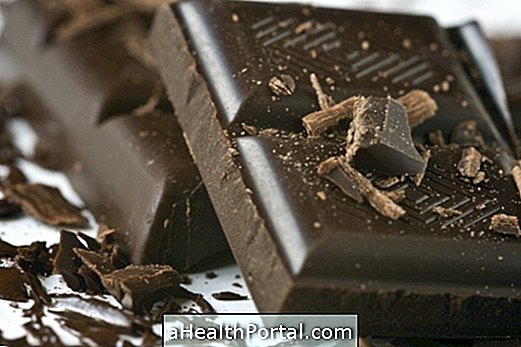Symptoms of ringworm usually include itching and peeling of the skin, in addition to the appearance of a characteristic lesion in the region, depending on the type of ringworm the person has.
Ringworm can present as a coldworm, which usually occurs in the feet and between the toes, or in the form of an impigment, but it can affect any part of the body.
Symptoms of ringworm in the skin
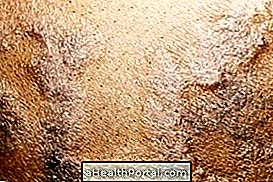

Symptoms of ringworm in the skin:
- Itching;
- Redness or darkening of area;
- Spots on the skin.
Generally, the mycosis of the skin is caused by the proliferation of fungi, provided by the humidity of this region. The treatment of mycosis in the groin should be indicated by the dermatologist and can be done with the use of antifungal creams or ointments.
Symptoms of ringworm in foot


Symptoms of ringworm in the foot:
- Itching in the foot;
- Emergence of bubbles filled with liquid or desquamation of the affected region;
- The region may be whitish.
Treatment of foot mycosis, commonly called chilblains, can be done with the use of creams or ointments such as Clotrimazole or Ketoconazole, which should be used according to medical advice.
Symptoms of ringworm


The main symptoms of nail fungus, scientifically called onychomycosis, are:
- Variations in the thickness or texture of the nail;
- Nail breakage;
- Change of nail color to yellowish, gray or off-white;
- Pain in the affected nail;
- Region around the inflamed, reddish, swollen and sore finger;
- Fragile and brittle nail.
Nail fungus or onychomycosis is a fungal disease that affects the nails, which is the most difficult mycosis to be treated. Generally, antifungal glazes or oral systemic medications such as Terbinafine, Itraconazole or Fluconazole are used. Treatment is time-consuming and healing usually takes about 6 months for the nails of the hands and 9 months for the toenails when it is followed correctly.



